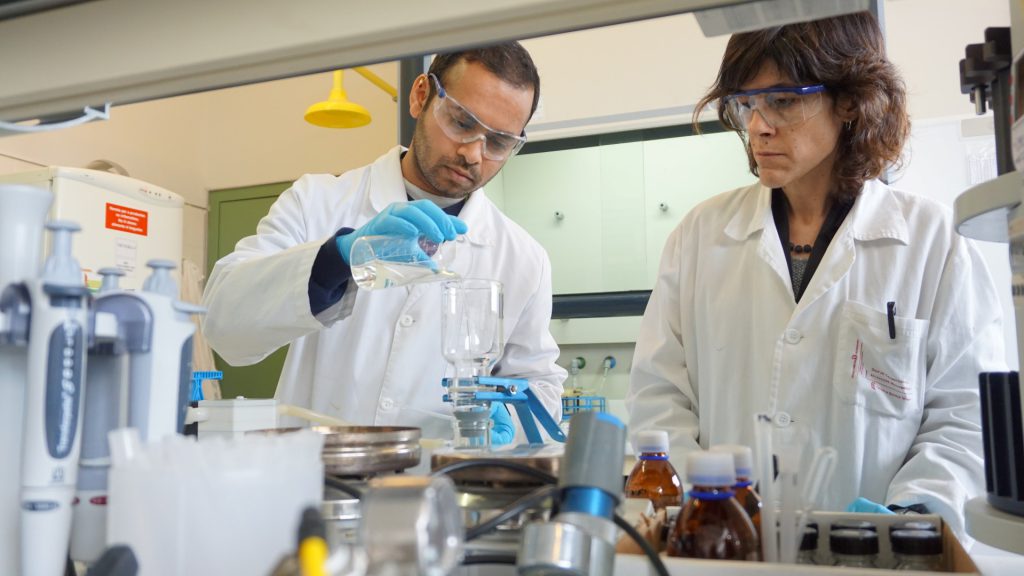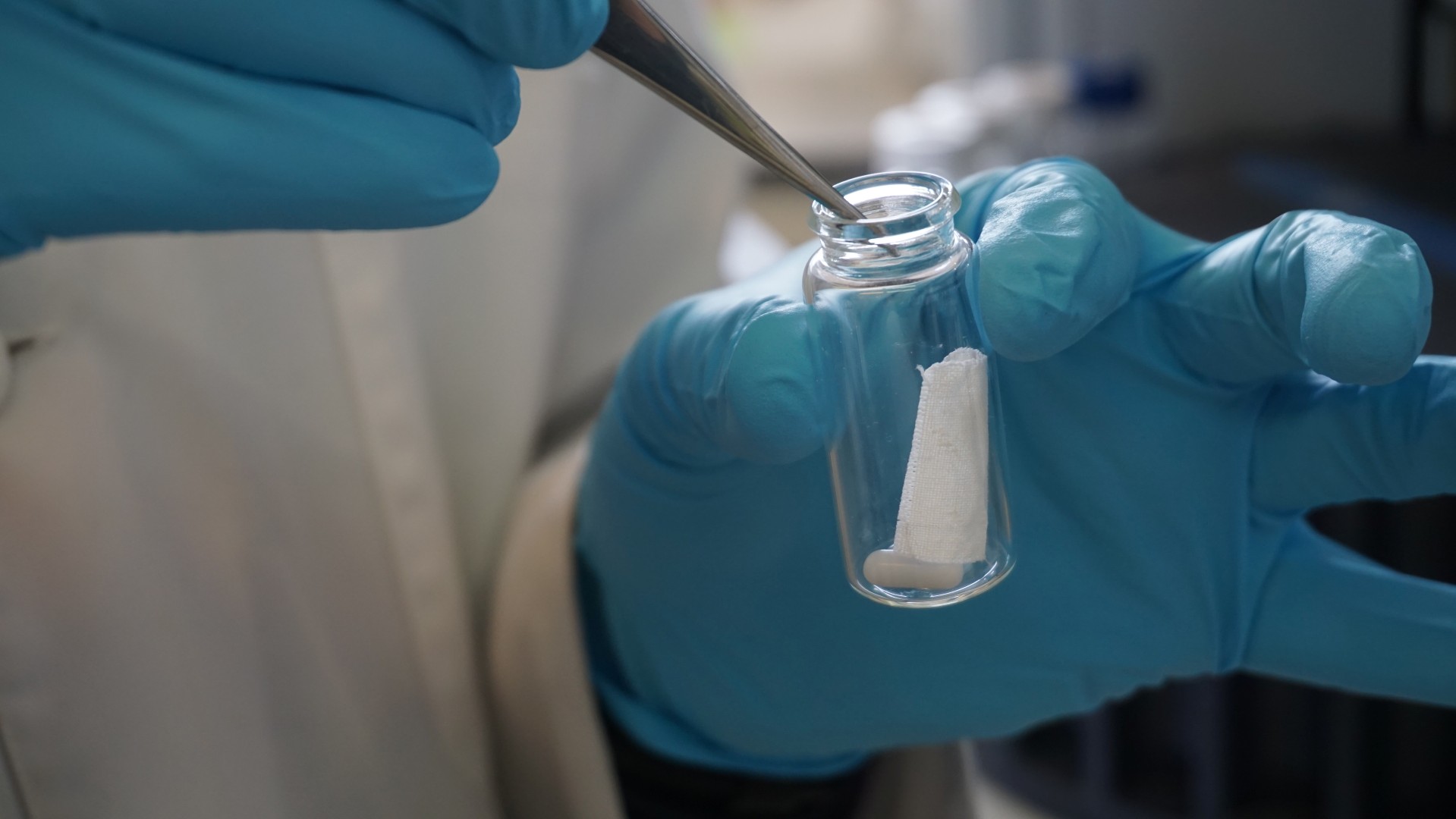16/03/2017
A cheap system quickly detects contaminants in water at low concentrations
It have been developed by researchers from URV in collaboration with Florida International University

It have been developed by researchers from URV in collaboration with Florida International University
A team from URV researchers working with the Florida International University have developed a new system that is cheaper and faster than any previous ones, and which detects contaminants from drugs and personal hygiene products diluted in rivers, the sea and water from the sewage treatment plant.
Daily activities such as having a shower or taking medicine generate cosmetic and pharmacological waste that is washed down the plug from the shower or, in the case of medicine, expelled in urine. These contaminants are not always retained by sewage treatment plants and are often released into the environment. At some concentrations they may even have an effect on human or aquatic life. However, determining their presence in rivers, the sea or water coming from the treatment plant is by no means straightforward because they are often highly diluted and in low concentrations.
Researchers belonging to the group Chromatography. Environmental Applications from the URV’s Department of Analytical and Organic Chemistry have worked jointly with the Florida International University to create a new system that detects contaminants from drugs and personal hygiene products in environmental waters.

A cotton impregnated with polymers
The novelty of this research is that it has used a piece of flexible cotton fabric impregnated with various polymers with properties that are similar to those of the contaminants to be detected, which means that they have affinities and are retained. So, when the water of the sample to be analysed passes through the fabric, they are trapped.
This fabric has the advantage that it has a greater surface area so the contaminants are easily deposited. Also, once the components have been retained, because it is a fabric, it can be folded up and left in a small container with organic solvent, which makes it easier to extract and concentrate the contaminants.
This new tool for detecting contaminants in environmental waters is more efficient than the ones in existence to date because it is simpler. This makes it an efficient and much cheaper alternative, which provides results similar to those provided by the more complex and more expensive techniques in current use.
The researchers aim to use this technique in the search for new, more selective materials that can trap the compounds present in more complex samples such as urine or blood.
Bibliographic reference: Sameer S. Lakade, Francesc Borrull, Kenneth G. Furton, Abuzar Kabir,Rosa Maria Marcé, Núria Fontanals. “Dynamic fabric phase sorptive extraction for a group ofpharmaceuticals and personal care products from environmental waters”. Journal of Chromatology A . June 2016. DOI: http://dx.doi.org/10.1016/j.chroma.2016.05.097
